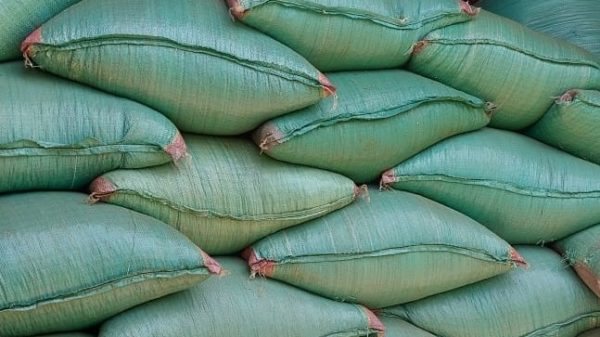
The report highlighted Kenya as the only country that imposes more rules and regulations on imports/XINHUA
NAIROBI, Kenya, June 18 – Kenya’s tough trade rules and regulations on imports from its regional counterparts are detrimental to the country’s trade growth, according to the latest World Bank Kenya Economic Update.
The report highlighted Kenya – out of a select pool of African countries (Senegal, Madagascar, Mauritius, Namibia and Uganda) – as the only country that imposes more rules and regulations on imports from its regional partners than on imports from the rest of the world.
“Kenya is in a shortage situation. There’s a lot of maize that could be coming from Zambia, which has a surplus. There, maize is grown by smallholders and it doesn’t satisfy Kenya’s standard for discoloration,” World Bank lead trade economist Paul Brenton said.
Cases like these, where the discoloration of maize is a determinant of unacceptable produce, Brenton added, also prohibits local farmers from selling their crop in the market, even when it does not pose a health threat.
“You need to regulate in a way that does not overly restrict trade. Important in this regard is to ensure that all actors are engaged in the process of setting regulations,” he said.
When poorly implemented, these rules and regulations end up acting as non-tariff barriers further constraining trade and subsequently raising domestic food prices.
With the price of rice and bread in Kenya 42 percent higher and the price of fresh fruit and vegetables 30 percent higher, opening to regional trade is necessary for Kenya to deal with its vulnerability to recurrent droughts.
Furthermore with the ailing Eurozone, Kenya’s largest tourism source market and horticulture market, the country will need to seek more trade within the region to compensate the losses made in the EU.
The World Bank maintained its growth forecast for Kenya’s economy at five percent for 2012 and 2013, which trends with the sub-Sahara Africa average of 5.5 percent and 5.6 for 2012 and 2013 respectively.
Kenya’s growth outlook, however, trails its fast growing neighbours, with Tanzania at 6.7 percent, Uganda at 6.2 percent and Rwanda at 7.6 percent.
Another series of external shocks such as looming global oil price hikes and the deepening Eurozone crisis threaten to slow Kenya’s growth to 4.1 percent.
World Bank Chief Economist for Kenya Wolfgang Fengler said the growing current account deficit (CAD), now at 13.1 percent of GDP, is setting the economy of balance.
“About the current account deficit we are very concerned. It is the iceberg underneath the exchange volatility of last year. The challenge is for Kenya to become more competitive in exports. Kenya cannot grow rich in tea and flowers alone,” he said.
Although international crude oil prices declined, the oil import bill still continues to account for a large proportion of the CAD with local oil prices remaining high.
Over the last 10 years Kenya’s imports have grown faster than its exports, with the import bill rising by 23 percent last year.
Strong service exports could be Kenya’s saving grace, generating a surplus of $2.35 billion (Sh198.3 billion) in net trade for 2011.
With Kenya’s growth driven largely by consumption, World Bank Senior Economist for Kenya Jane Kiringai said the country is living beyond its means further increasing the current account deficit.
“The Kenyan economy is investing about 20 percent of GDP, but when you look at savings it’s about an average of 13 percent. Because we have a consumption driven economy our trade balance has gotten worse overtime,” she explained.
Kiringai added that tax and expenditure policies need to be implemented to cut back consumption and give incentives to encourage a saving culture and investments in sectors of the economy that will create employment, particularly for the country’s mushrooming youth population.



































